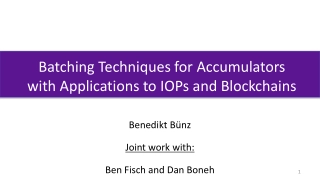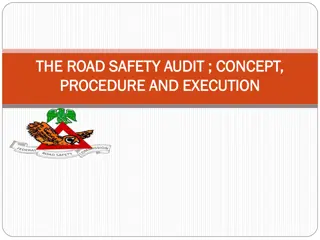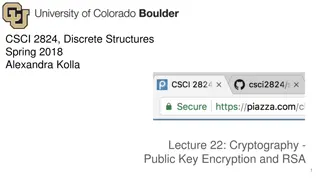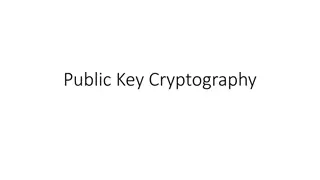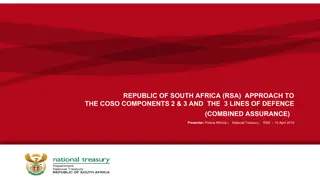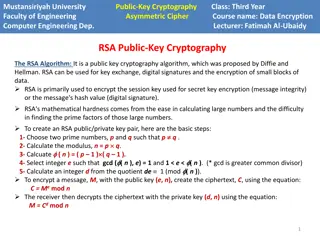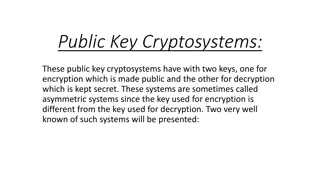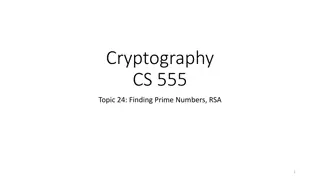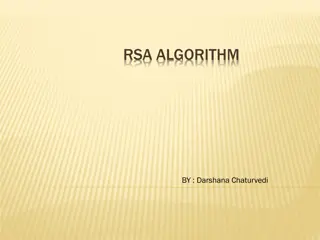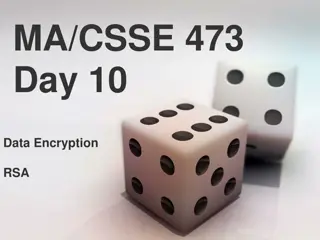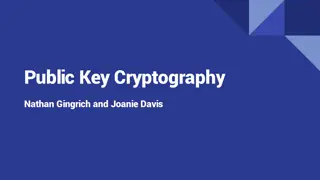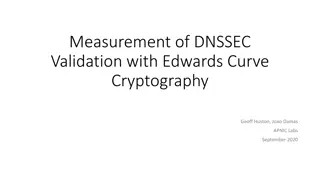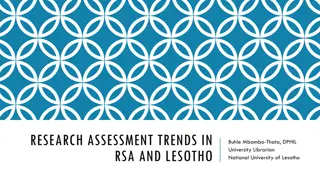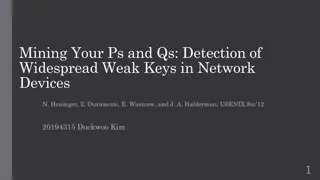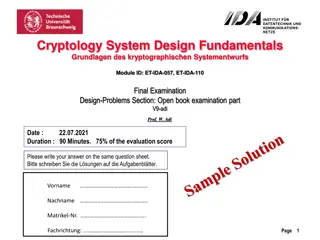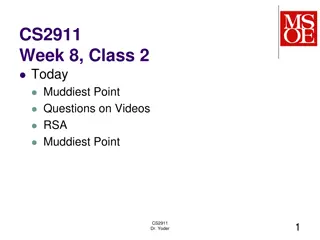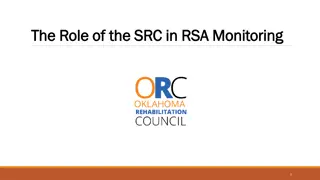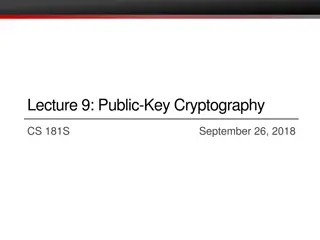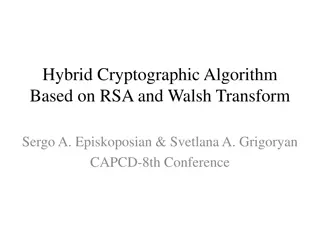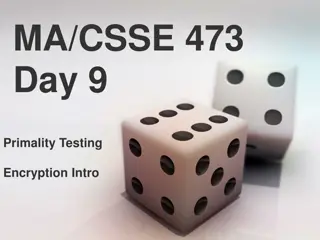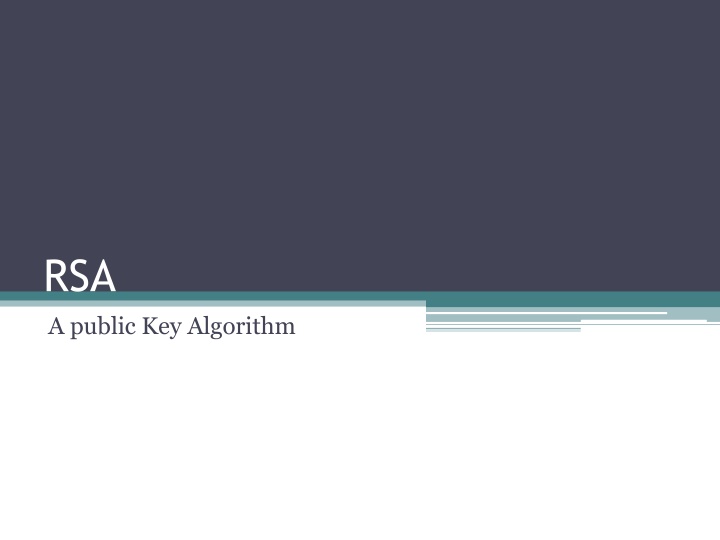
Understanding RSA Public Key Algorithm
Learn about RSA, a public key algorithm developed by Rivest, Shamir, and Adleman in 1977. Discover how RSA generates keys, encrypts and decrypts messages, and ensures security through prime number theory. Explore the step-by-step process of key generation, encryption, and decryption with a practical example. Understand the complexities and advantages of RSA in securing data transmission over networks.
Download Presentation

Please find below an Image/Link to download the presentation.
The content on the website is provided AS IS for your information and personal use only. It may not be sold, licensed, or shared on other websites without obtaining consent from the author. If you encounter any issues during the download, it is possible that the publisher has removed the file from their server.
You are allowed to download the files provided on this website for personal or commercial use, subject to the condition that they are used lawfully. All files are the property of their respective owners.
The content on the website is provided AS IS for your information and personal use only. It may not be sold, licensed, or shared on other websites without obtaining consent from the author.
E N D
Presentation Transcript
RSA A public Key Algorithm
RSA by Rivest, Shamir & Adleman of MIT in 1977 based on exponentiation in a finite (Galois) field over integers modulo a prime. It supports key management concept, it is key generation.
RSA RSA makes the public and pr vate keys by multiplying two large prime numbers p and q Its easy to find & multiply large prime No. (n=pq) It is very difficult to factor the number n to find p and q Finding the private key from the public key would require a factoring operation The real challenge is the selection & generation of keys. RSA is complex and slow, but secure 100 times slower than DES on s/w & 1000 times on h/w.
Algorithm 1. Select two prime numbers P & Q. 2. Calculate N=P*Q. 3. Calculate (N)= (P-1)*(Q-1). 4. Choose a value E such that 1<E< (N) & it is not a factor of (N). 5. Calculate D such that (D*E) mod (N)=1. 6. CT=PTEmod N, condition is that {PT<N}. 7. Send CT 8. PT=CTDmod N
Example 1. P=3, Q=11 2. N=3*11=33 3. = (3-1)*(11-1)= 2*10 =20 ,factor 2 & 5 4. so E=7 5. (D*7) mod 20 =1, so D=3 6. CT=317mod 33 = 4 7. Send 4 8. PT=43mod 33 = 31
Calculate D D= ( (N)*i)+1/E , Such that it should be complete number ,means no fraction part. D= (20*1)+1/7=3 D=3.
RSA Security It uses prime number theory which make it difficult to find out the key by reverse engineering. Mathematical Research suggests that it would take more than 70 years to find P & Q if N is a 100 digit number.
HTTPS Secure Web Pages typically use RSA, Diffie- Hellman, and a symmetric algorithm like RC4 RSA is used to send the private key for the symmetric encryption

